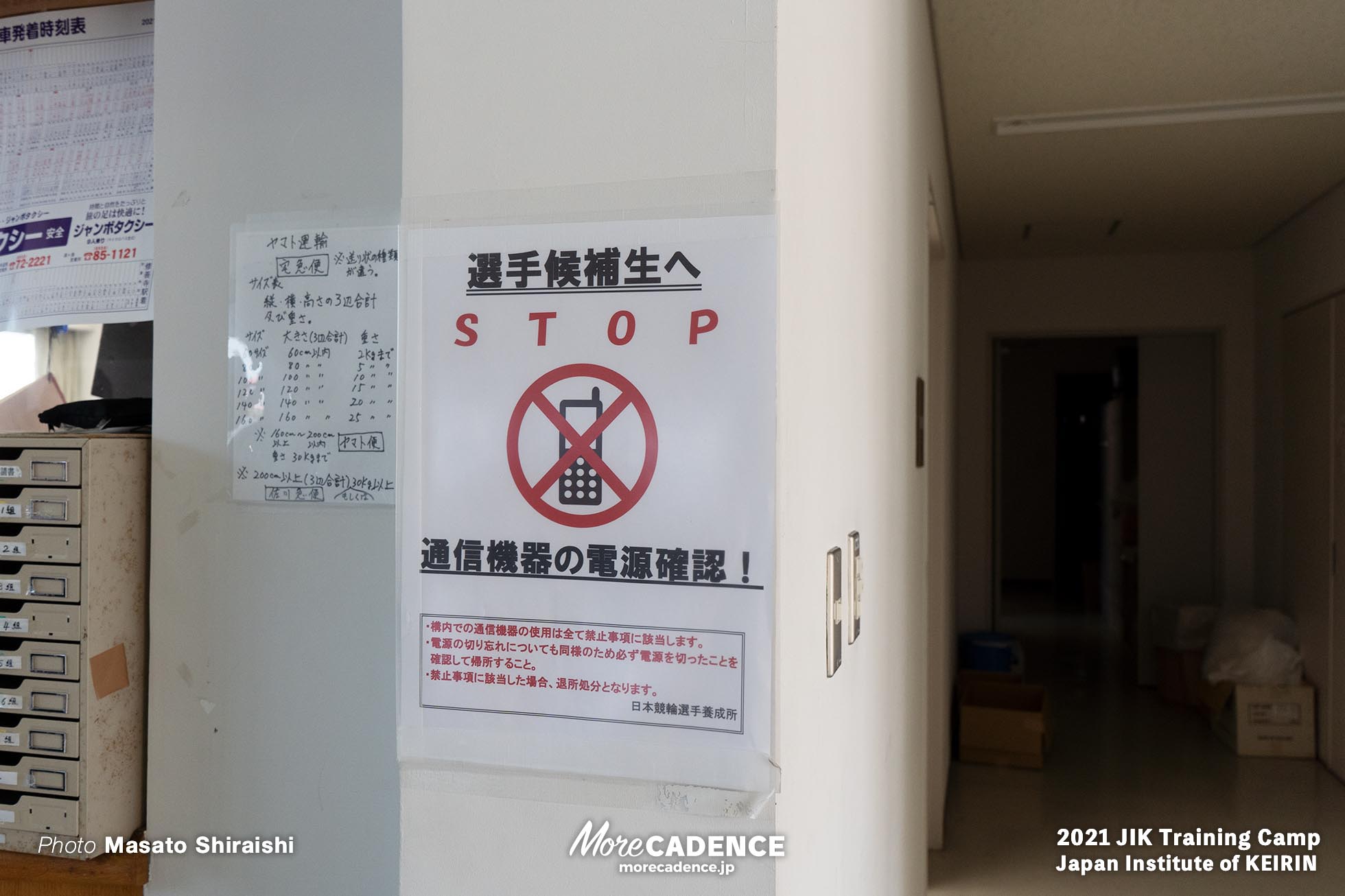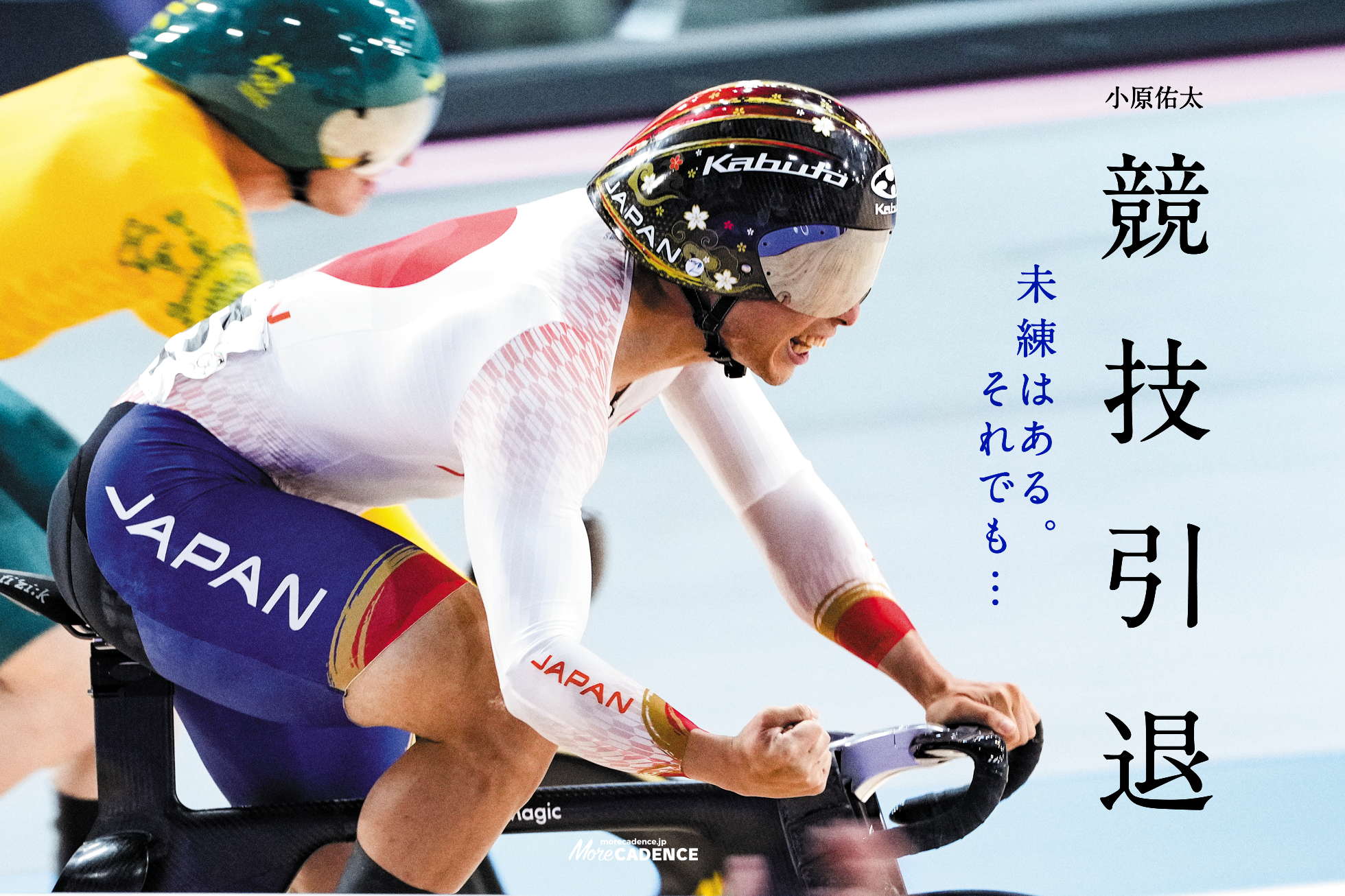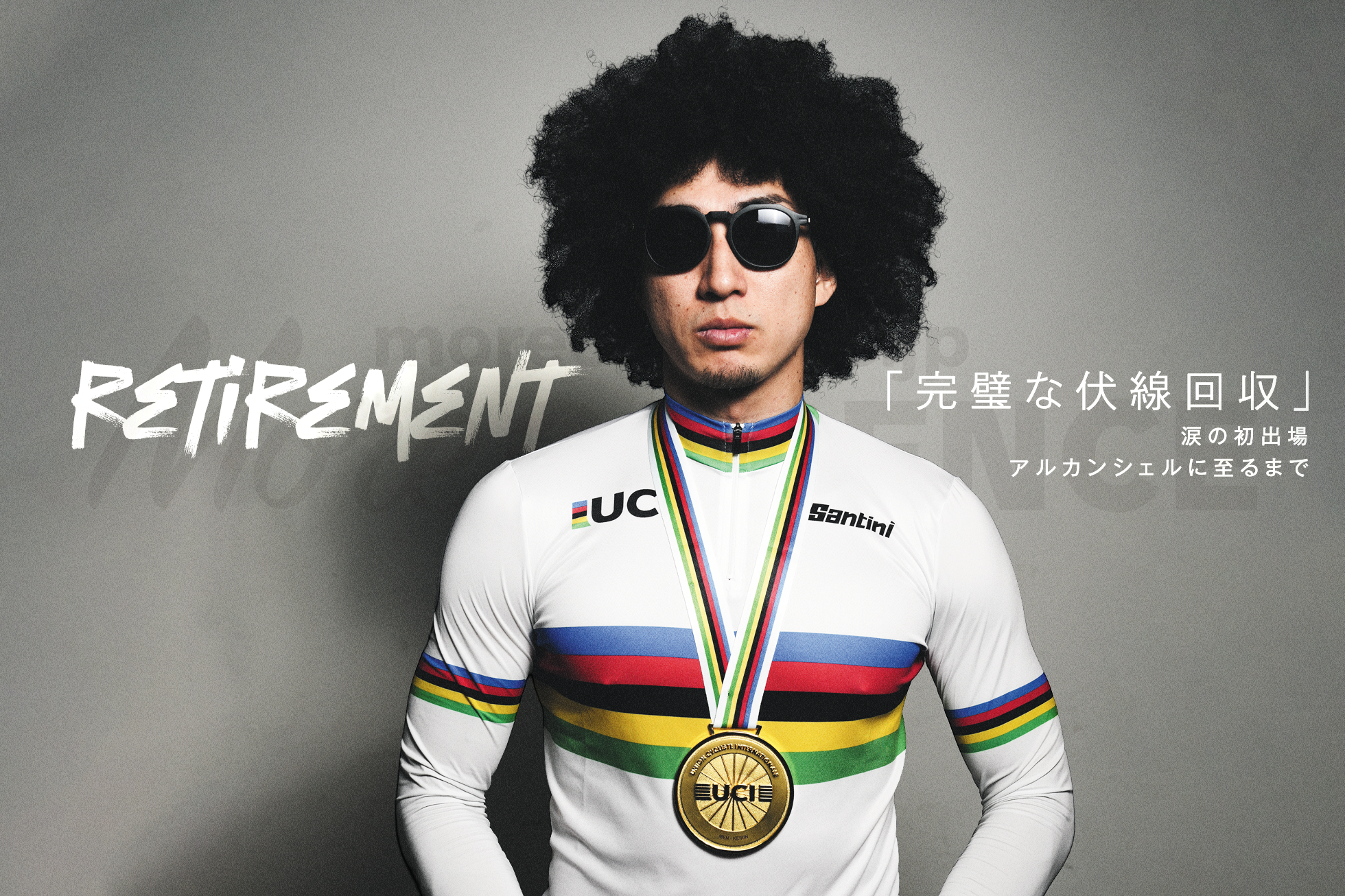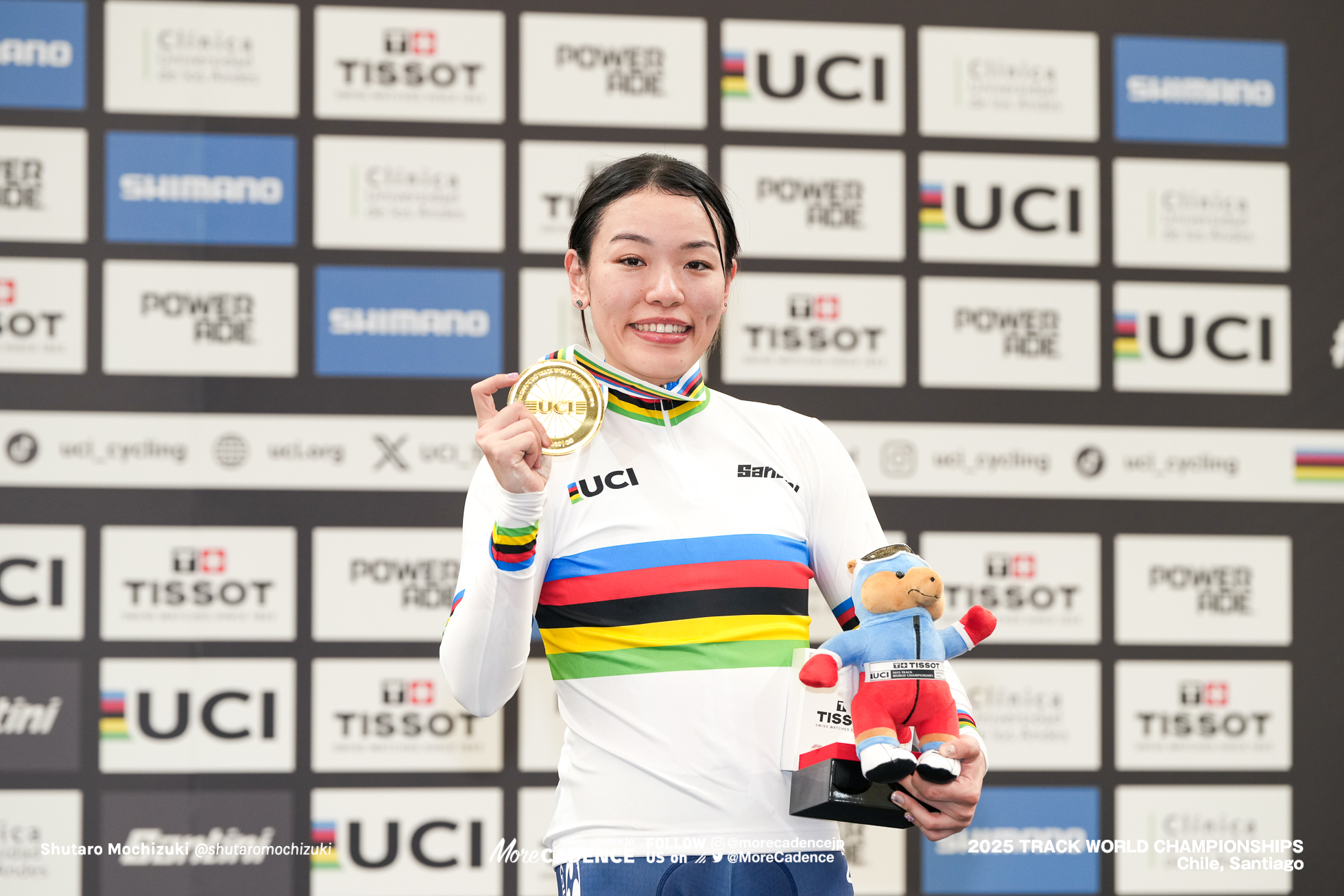What kind of life do they lead?

Once they enter the institute, they’re regarded as ‘candidates’. It’s a fully accommodated facility. Although the rules have been loosened a bit compared to that of the past, there’s still a rule even for their hair styles.
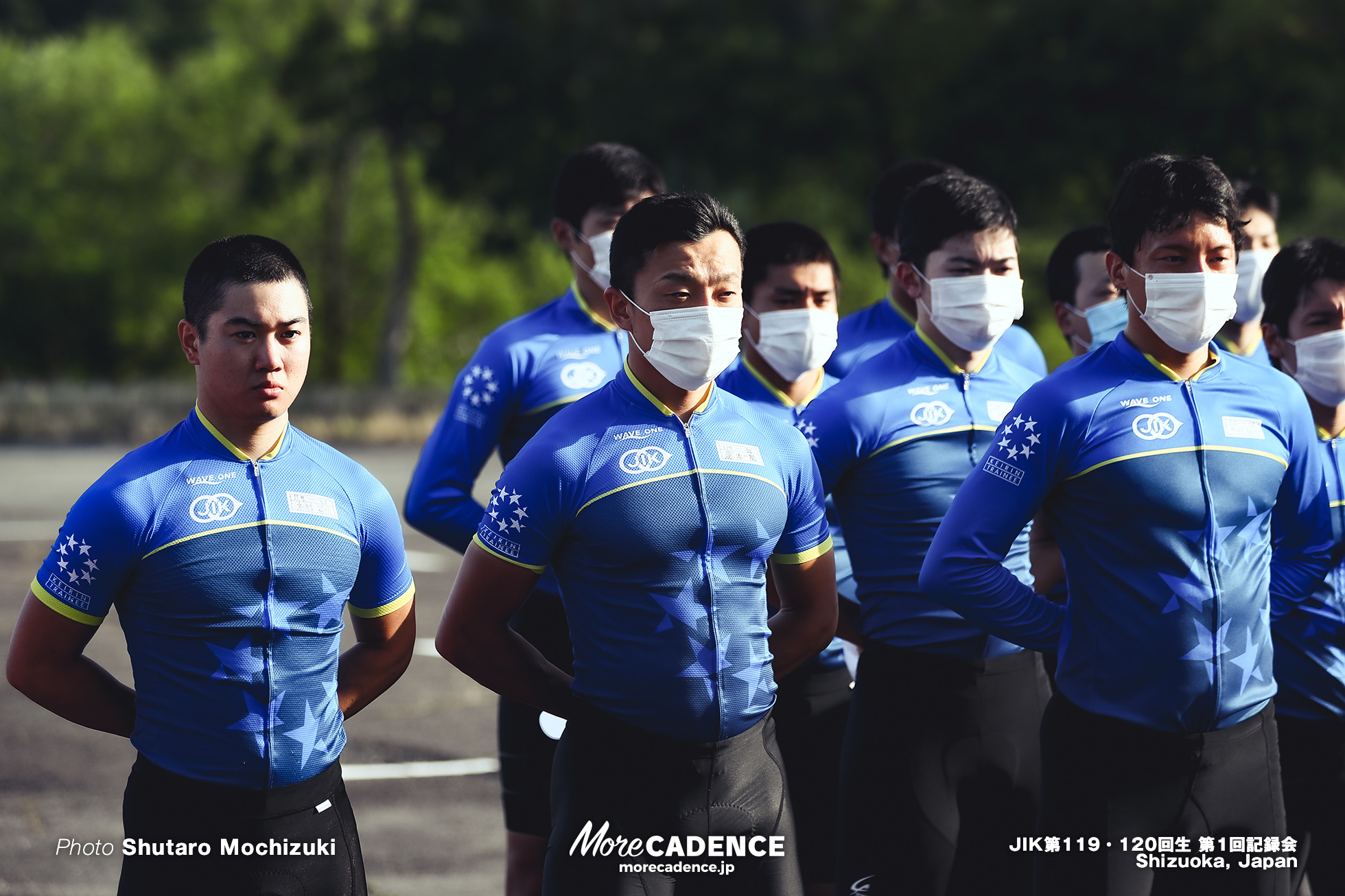
Kazushige Kuboki(Center)
The communication devices such as smartphones are allowed to use only within the limited time for holidays. They can have a day out, but only for the limited hours during the holidays too. In 2020, however, such limited outing occasions were barred due to the measures taken against the novel coronavirus infections and none of the candidates was able to leave the institute during their training periods.
Having said that, the institute is vast. They are trained at scattered facilities inside the institute – the Izu Velodrome, which is the official venue for track cycling events for the Tokyo Olympics, or JKA 250, which is also an indoor track facility. And some outdoor tracks or long steep roads are all inside the site. There are classrooms for the academic lectures, the auditorium, or the gymnasium for the muscle training.
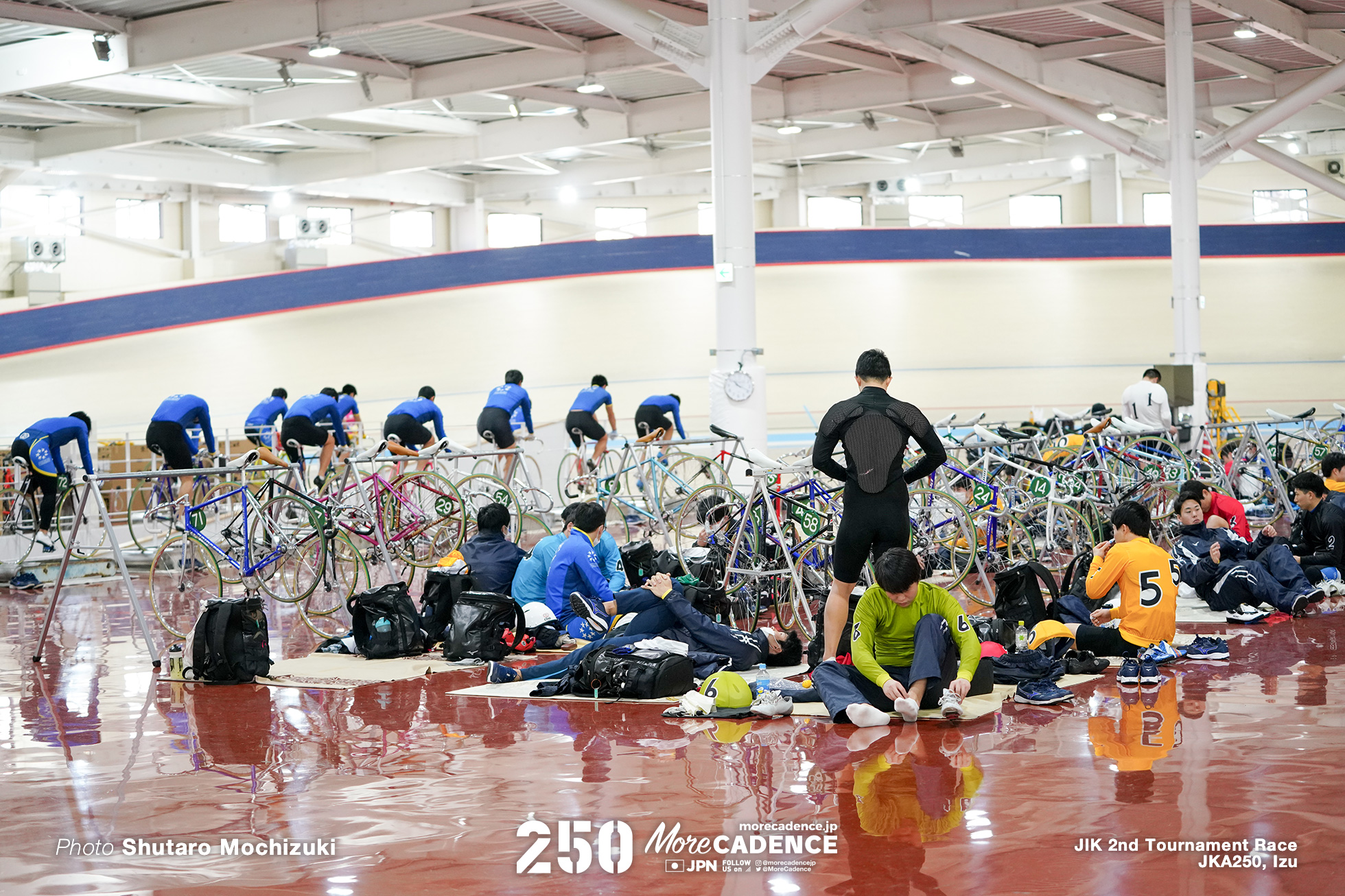
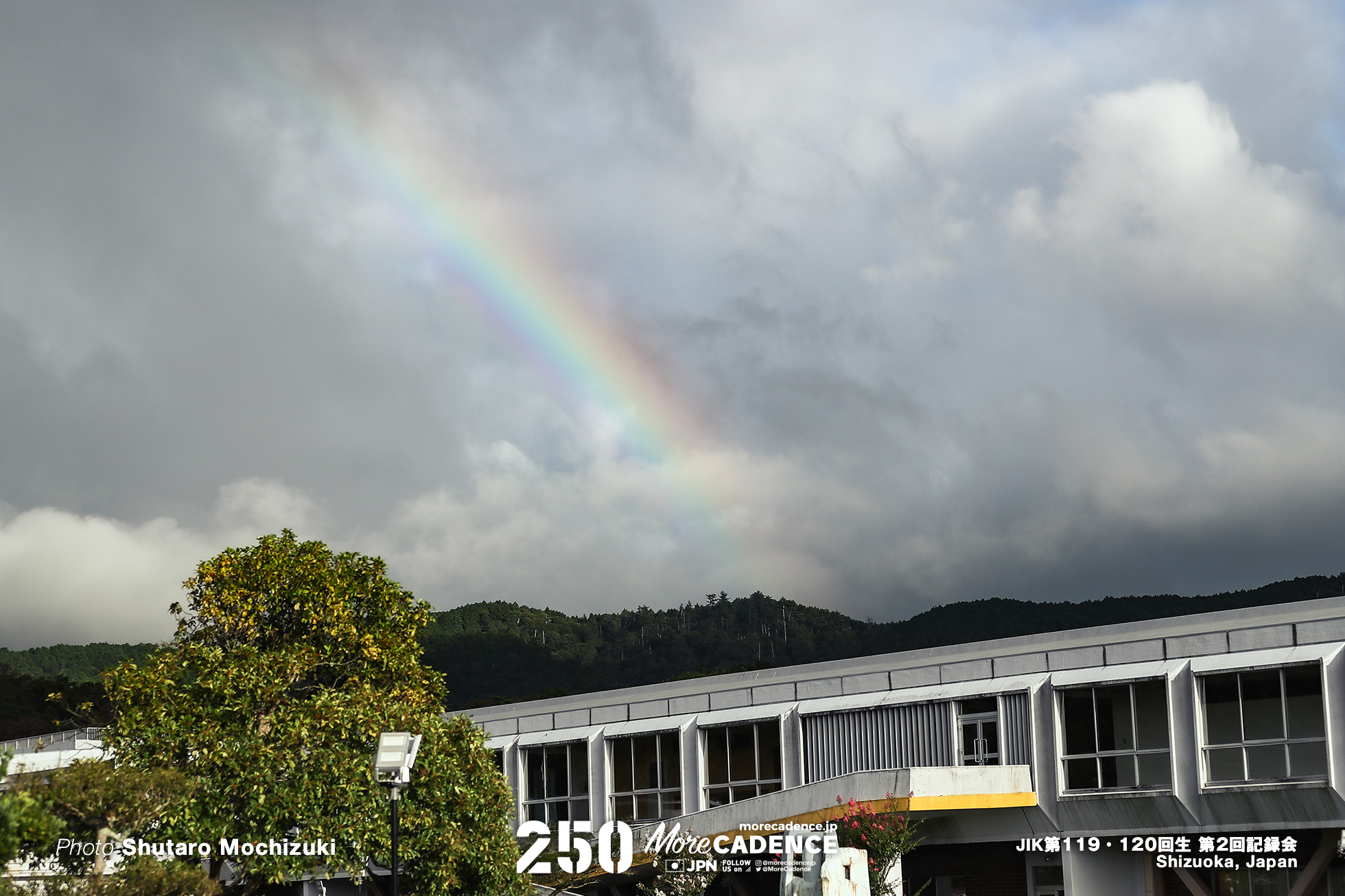
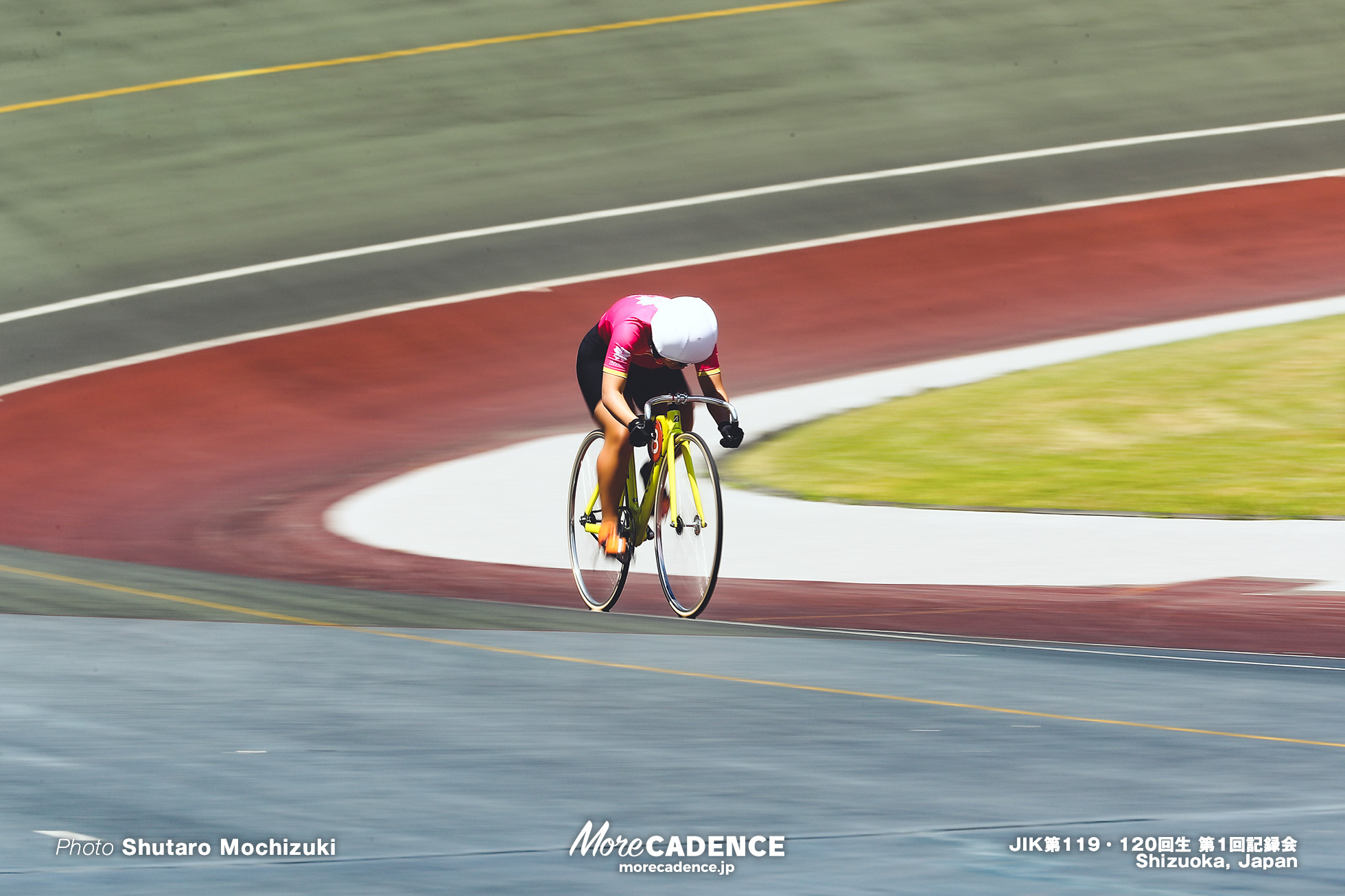
And the facilities for their living – the dining hall, the large bathroom, kiosks and of course, their accommodations. It’s like a small academic city.
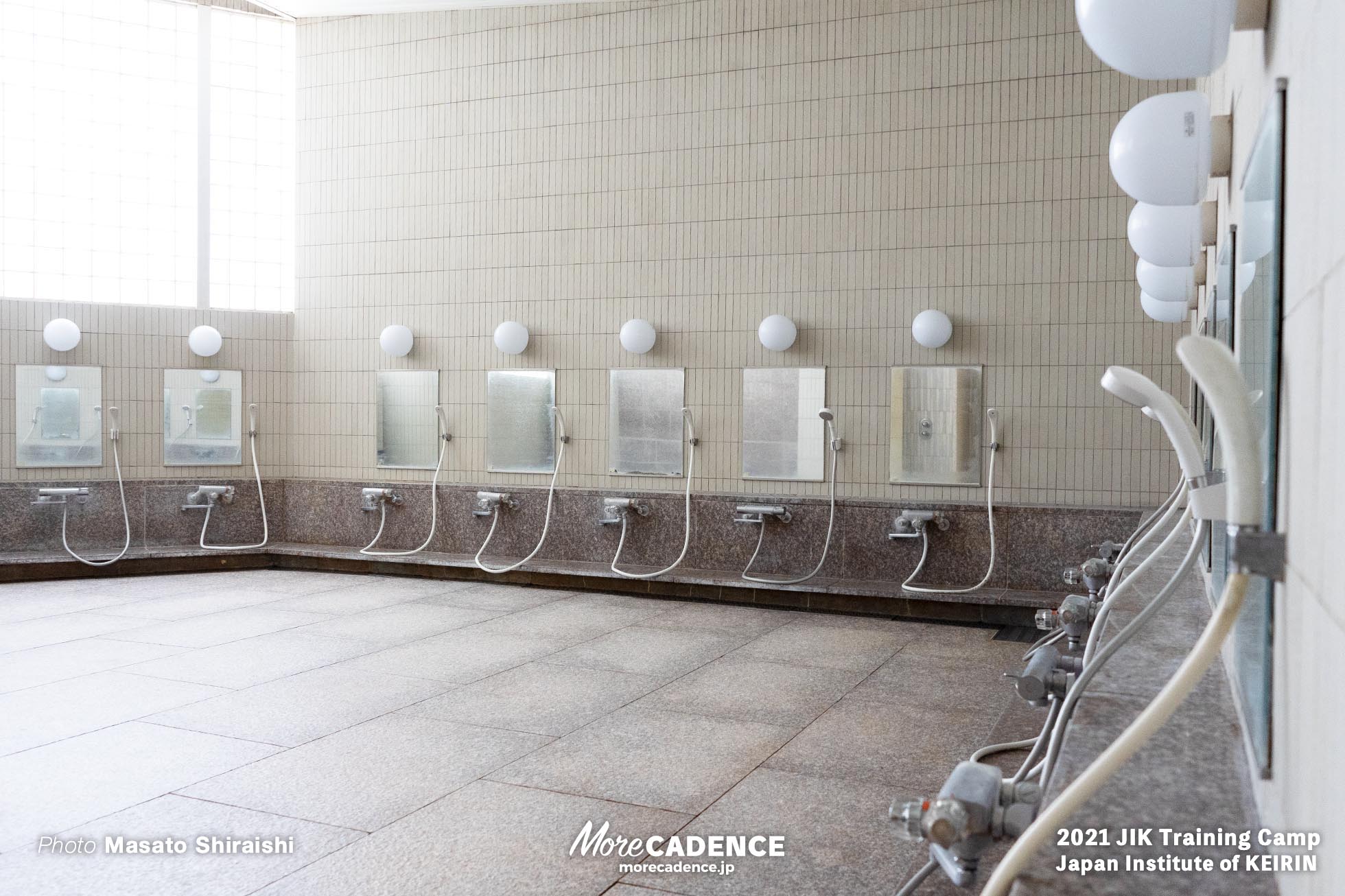

They’re served a well-balanced diet in order to deal with the hard training. They have a variety of menus.
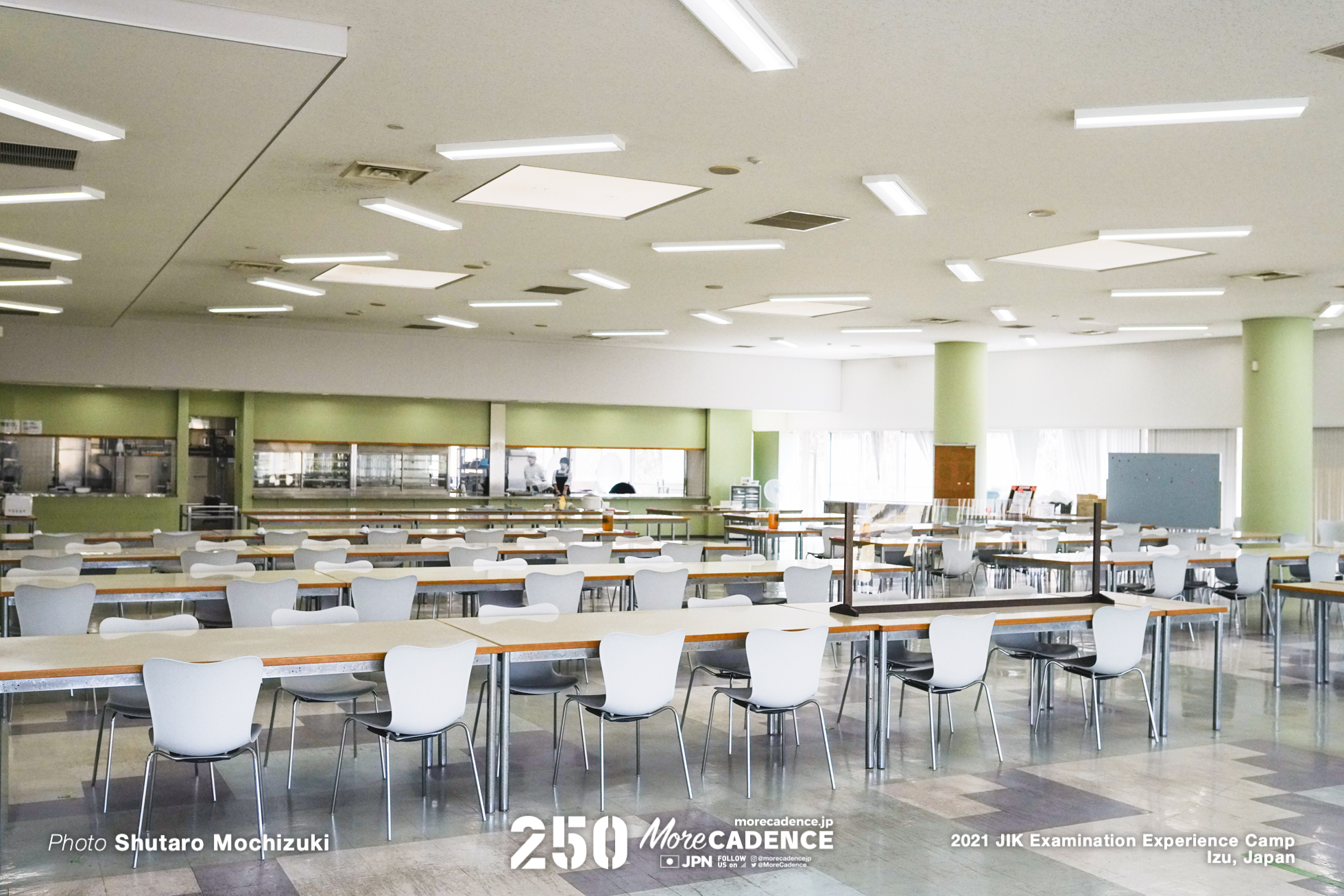
In addition to the daily training, there are some candidates who are self-motivated. They wake up early in the morning and go for a workout independently. In each dormitory there lives 4 candidates together, so looking at their roommate working hard like that, other candidates are inspired to work hard as well.
The days are not only hard
We asked a couple of candidates about what their life in the institute is like.
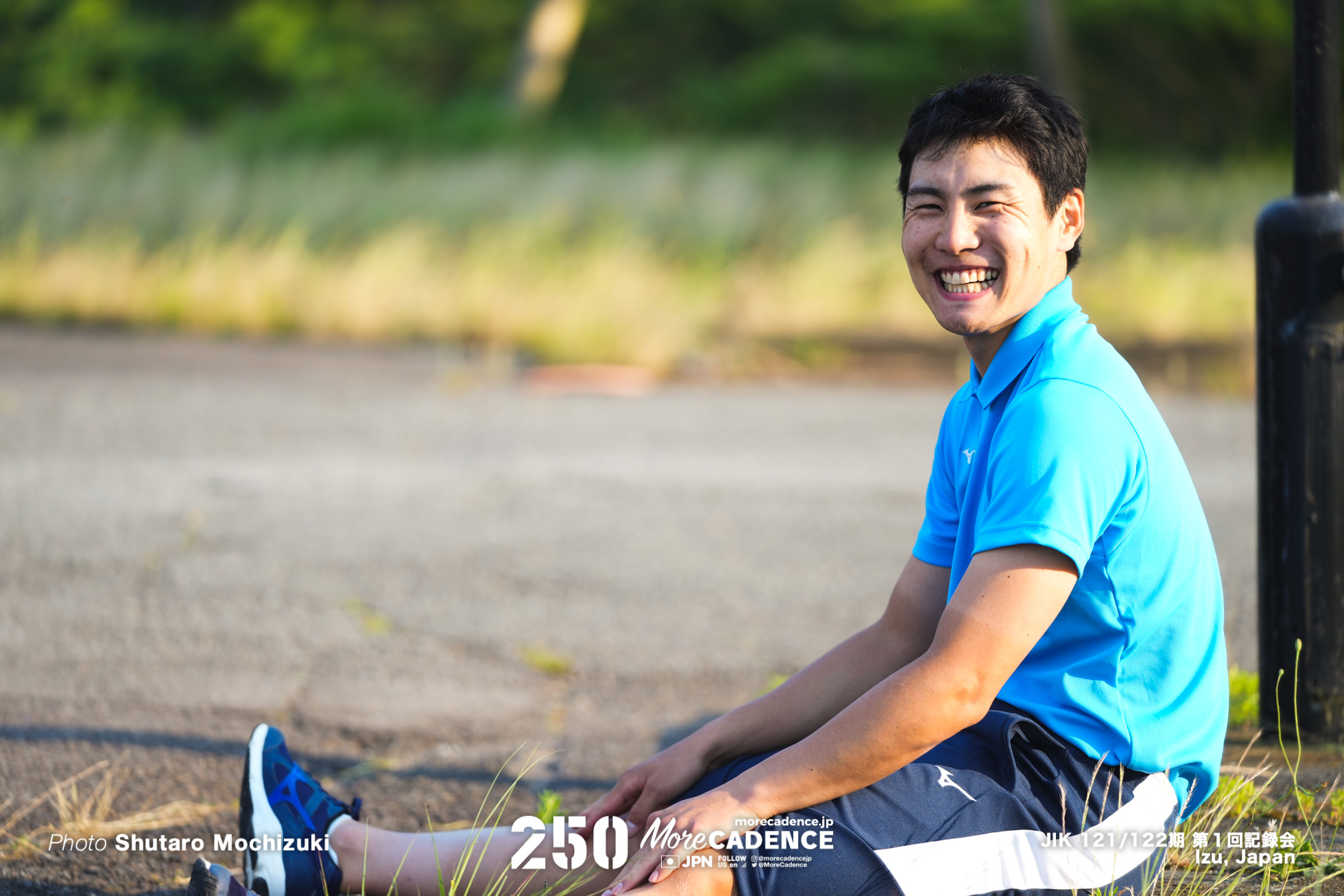
Shogo Ichimaru
Shogo Ichimaru, in his late 20’s, competed in the fields of the middle-to-long distance cycling events both on track and on road. ‘It’s a very fresh feeling to lead a school life for my age and everything is fun. For me, school was a place to ‘study something I dislike’, but this is the place ‘I study what I love. I’m enjoying my life here in that sense.’

Kazushige Kuboki
Kazushige Kuboki, in his 30’s, participated in the Olympics and he was a track and road cyclist for the middle-to-long distances. ‘We had our curriculum every day. I learned the historical background of keirin. There was a time for self-study too, so I had quite some time to spare on my own. I felt that my life went slowly there. On the other hand, I wasn’t allowed to go out or use my smartphone, so I read lots of books of many genres instead.

Miho Yoshikawa
Miho Yoshikawa, in her late 20’s, is a female athlete. She also competed in the middle-to-long distance events on track and on road. ‘Among the candidates, there were girls who had never put on a makeup, so I did it for them and told them how to wear it. The training was hard, but I enjoyed my time spending there. Once, we measured our thigh diameters among the female candidates and made rankings of ‘Who has the biggest thighs?’

Of course, the training is so hard every day, but among those hard days, they can also find joy in their life in the institute.
Qualification, and professional debut
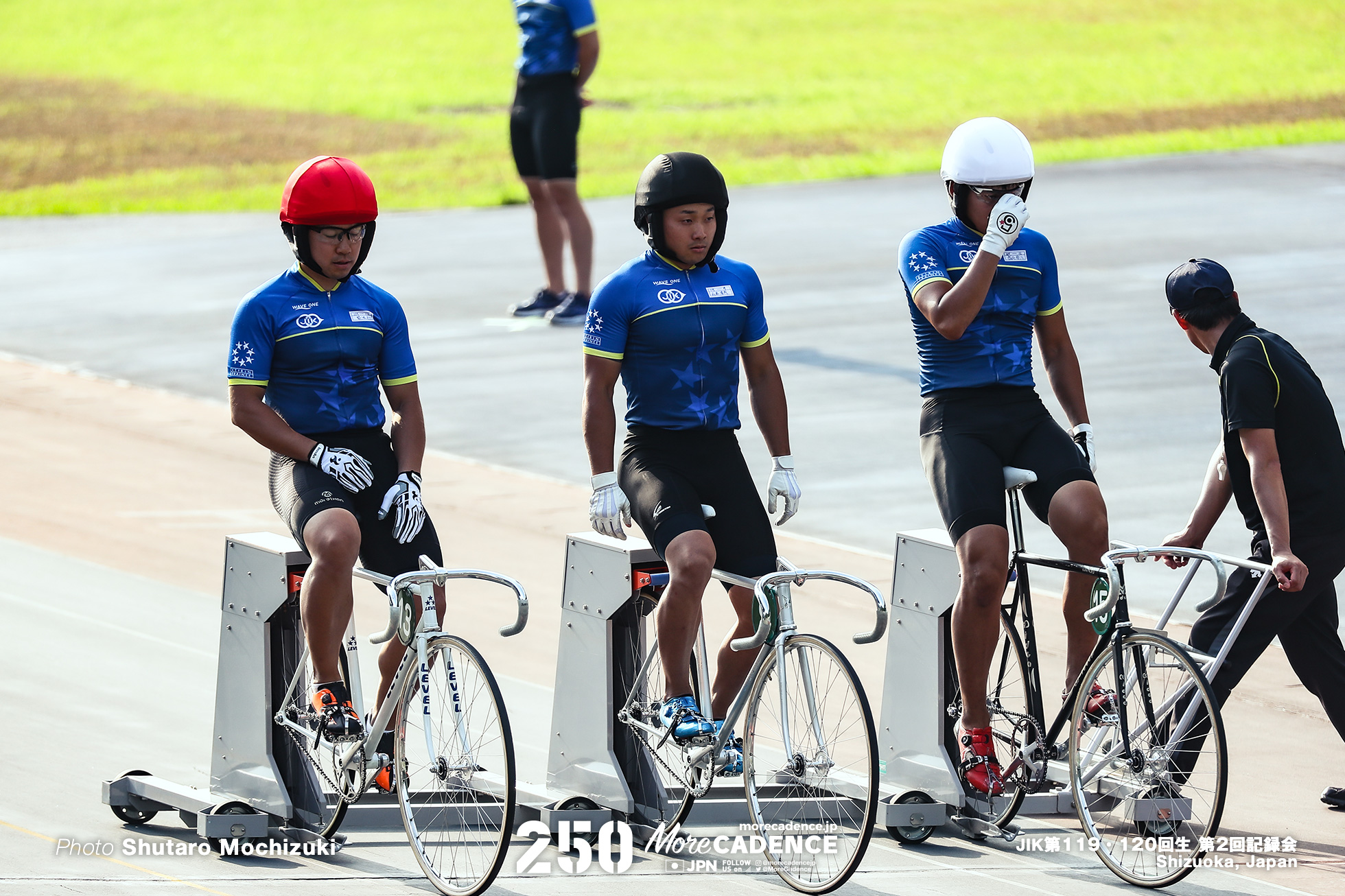
In the institute, events are held constantly such as ‘TM (Time Meeting or Certified Record Meeting)’ or ‘Tournament’. On these occasions, the media are allowed to enter the site. If their performance records are good, they’ll come in the spotlight when they make a professional debut. In addition to their preferable performance records, if they’ve met some criteria, the candidates will grant the qualification and make a debut as a professional cyclist earlier than usual (academic acceleration system).

After finishing approximately a year of curriculum and passing the qualification tests for becoming a professional cyclist, the candidates participate in the ‘Graduation Commemorative Race’, the final big race event for them. Afterwards, it’s time for their graduation. Usually, their training course ends in March and in May, they compete in the ‘ROOKIE SERIES’ (races competed only by the rookies). Then, in about July, they begin to compete with senior cyclists and start their professional careers in earnest.
https://www.youtube.com/watch?v=jLP_jD96okY
KEIRIN’s contribution to society / All about “KEIRIN” series 6


